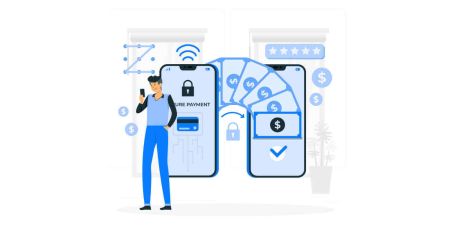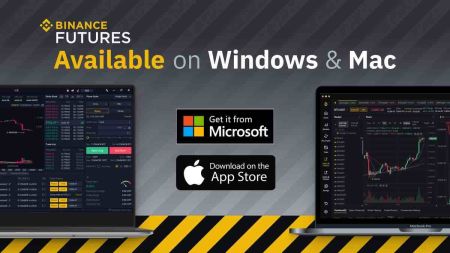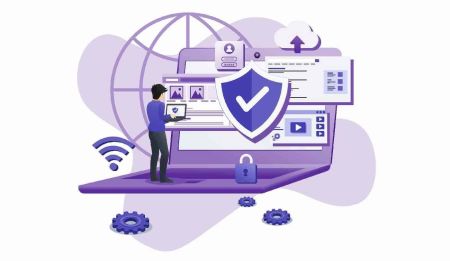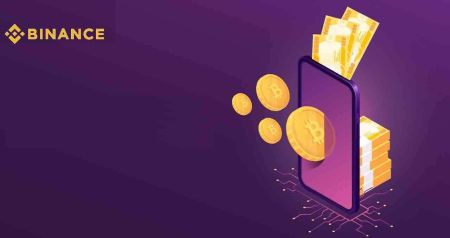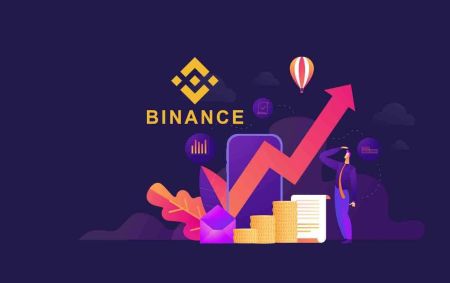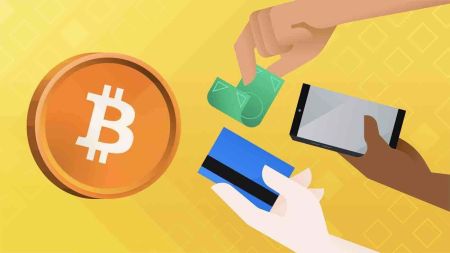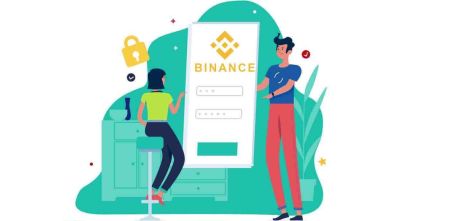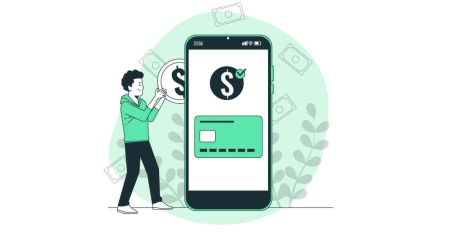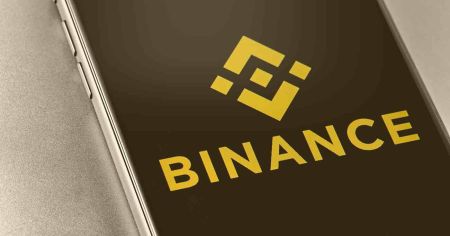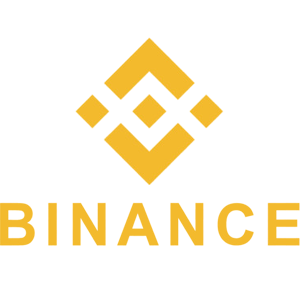Binance Referral Program Promotion - Up to 40% Commission
- Promotion Period: No limited time
- Available to: All Traders of Binance
- Promotions: Up to 40% Referral Rate
How to Deposit/Withdraw USD on Binance via SWIFT
How to Deposit USD via SWIFT on Binance
You can follow the instructions below to deposit USD to your Wallet via SWIFT:
1. Log in to your Binance account and go to [Wallet] - [...
How to Post P2P Trading Advertisements on Binance via Web and Mobile App
Post P2P Trading Advertisements on Binance via Web App
1. Log in to your Binance account.
2. Go to the P2P trading page.
3. Find the [More] button on the top right of you...
How to Download and Install Binance Application for Laptop/PC (Windows, macOS)
How to Download and Install Binance App on Windows
The Desktop app of the trading platform is exactly the same as web version of it. Consequently, there won’t be any problems wit...
How to reset Binance password
1. On the login page, click [Forget Password].
2. Choose the account type (email or mobile), then enter the account details and click [Next].
3. Click [Send code] button and ...
Deposit and Withdraw Naira (NGN) on Binance via Web and Mobile App
How to Deposit and Withdraw Naira (NGN)
Making a deposit to your Binance account only takes a few minutes to complete. In this short guide, we will show you how to complete the p...
How to Deposit and Trade Crypto at Binance
Binance provides many different payment options for buying crypto and depositing money into your trading account.
Depending on your country, you can deposit up to 50+ fiat currencies, such as EUR, BRL, and AUD to your Binance account using bank transfer and bank cards.
Let us show you how to make a deposit and trade at Binance.
How to Buy Cryptos on Binance with Non-USD Fiat Currencies
Buy crypto and deposit it directly to your Binance wallet: start trading on the world’s leading crypto exchange in an instant! Once you use one of the options below to buy Bitcoin ...
What to Do When Entered Wrong Tag/Forgot Tag for Deposit on Binance
Should you encounter the deposit issue of not entering a tag or putting in the wrong tag, you may choose “Forgot/wrong tag for deposit” when consulting online chat and get the link...
How to Login to Binance
How to Login your Binance account
Go to Binance Website.
Click on “Login”.
Enter your email or Phone Number and password.
Enter your Email / Phone Number.
Enter...
How to Deposit/Withdraw Fiat Currency on Binance via AdvCash
How to Deposit Fiat Currency to Binance via AdvCash
You can now deposit and withdraw fiat currencies, such as EUR, RUB, and UAH, through Advcash. Check out the step-by-step guide...
How to Download and Install Binance Application for Mobile Phone (Android, iOS)
How to Download and Install Binance App on iOS Phone
The mobile version of the trading platform is exactly the same as web version of it. Consequently, there won’t be any problem...

